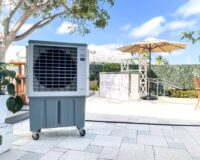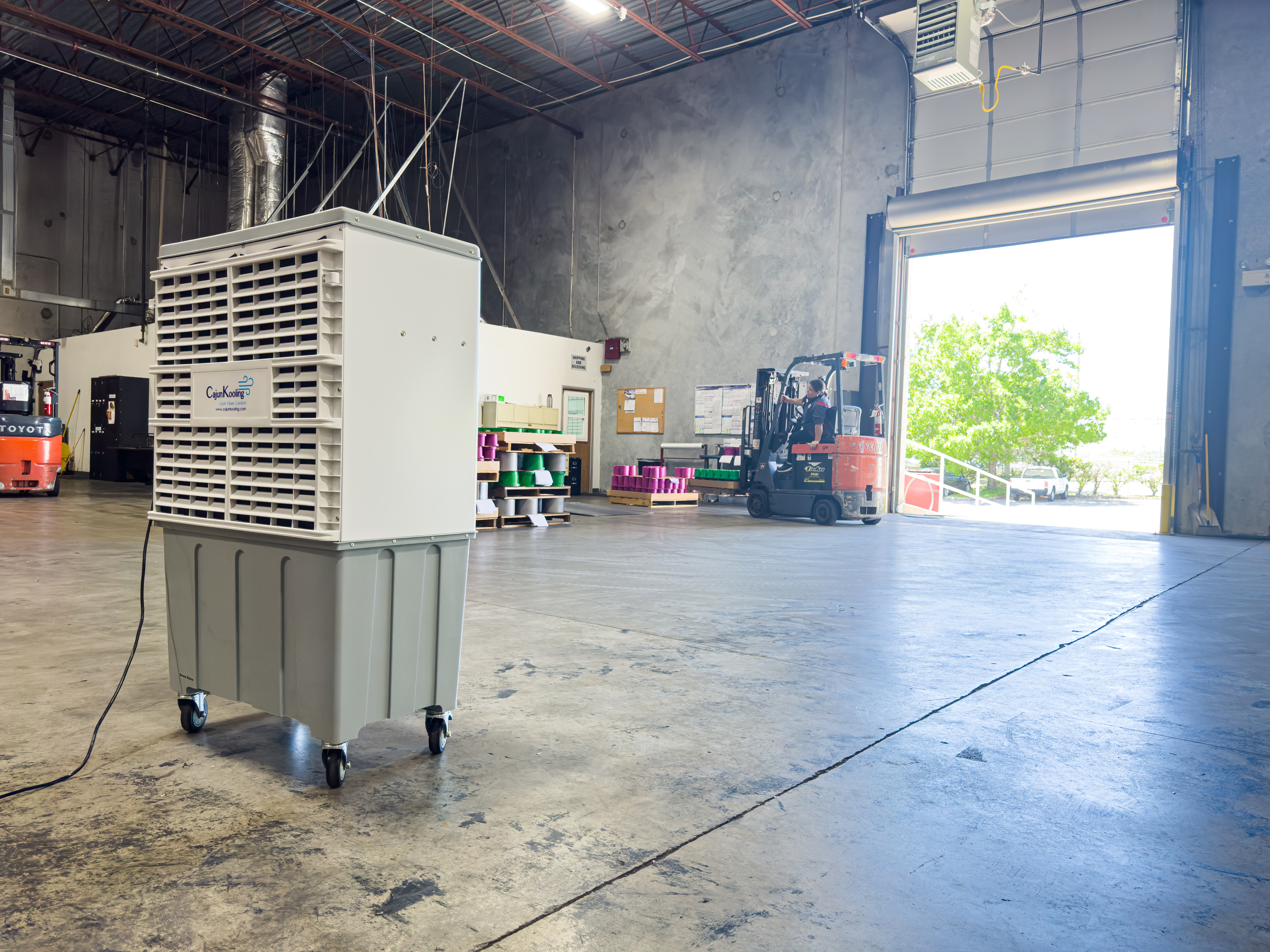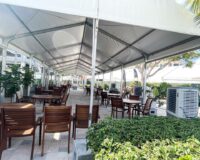The Differences Between Evaporative vs. Ductless Cooling
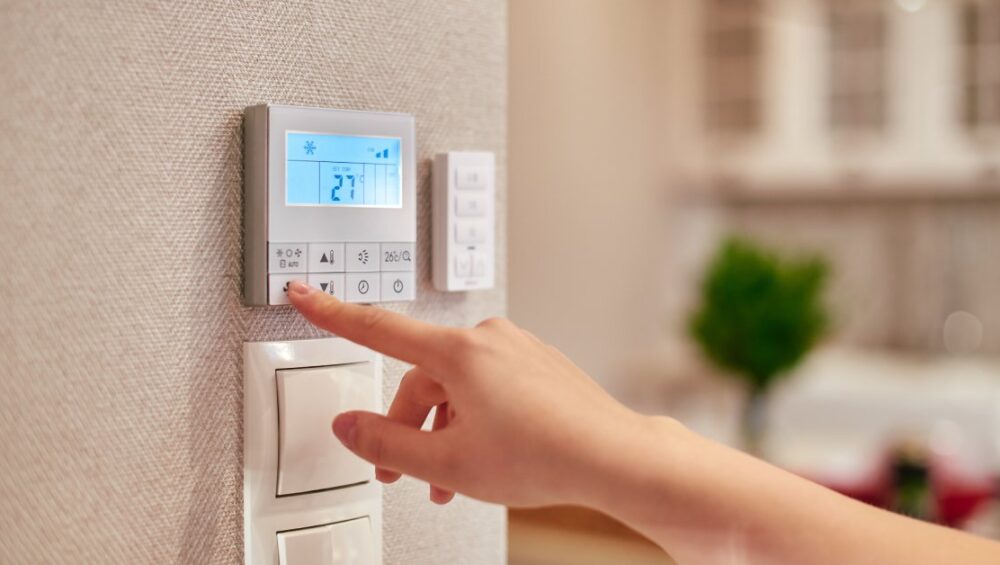
In the quest for the perfect cooling solution, two contenders often emerge at the forefront of the discussion: evaporative cooling and ductless cooling. Both offer significant advantages, yet they differ in operation, efficiency, and suitability for various environments.
To help with your decision-making, we’ll delve into the differences between evaporative versus ductless cooling, offering a comprehensive comparison to help you determine the best fit for your needs. After exploring their unique features, advantages, and drawbacks, you’ll be able to cool your space smarter, not harder.
Understanding Evaporative Cooling
Evaporative cooling, also known as swamp cooling, harnesses the natural process of water evaporation to cool the air. By drawing warm air through wet pads, this cooling solution effectively reduces temperatures while adding moisture to the environment. This evaporative cooling method has been used for centuries, proving its endurance and efficacy. However, in areas with high humidity, the system may struggle to deliver optimal results.
One of the standout benefits of evaporative cooling is its energy efficiency. This cooling method consumes less electricity than traditional air conditioning systems, which translates to cost savings on your energy bills.
Additionally, since it utilizes water to cool the air, evaporative cooling doesn’t rely on chemical refrigerants, making it an eco-friendly option. Unfortunately, the added moisture can be a downside in humid regions, potentially leading to discomfort or mold growth.
Exploring Ductless Cooling Systems
Ductless cooling systems, often referred to as mini-splits, offer a different approach. These systems consist of an outdoor compressor and one or more indoor units that distribute air directly. Ductless systems are versatile and can be installed in various settings without extensive ductwork. However, the cost of purchasing multiple indoor units and professional installation can be an investment.
A primary advantage of ductless cooling is the ability to control temperatures in individual rooms or zones. This zonal cooling feature allows for personalized comfort and energy efficiency, as you’re not cooling unused areas. Additionally, ductless systems are known for their quiet operation, providing a serene environment. Maintenance is crucial, though, as the filters need regular cleaning for optimal performance and air quality.
Comparing Evaporative vs. Ductless Cooling
Energy Efficiency
Evaporative coolers are renowned for their low energy consumption. Since they rely heavily on the principles of evaporation rather than mechanical compressors, evaporative coolers require much less electricity compared to traditional air conditioning units. This smart energy use makes them highly attractive in regions with dry climates.
On the other hand, ductless cooling systems are engineered to optimize energy use by catering to specific areas rather than cooling an entire building indiscriminately. The capacity to control temperatures individually for different zones prevents wasted energy on unoccupied spaces, making ductless cooling systems a pragmatic choice for households looking to tailor their climate control solutions.
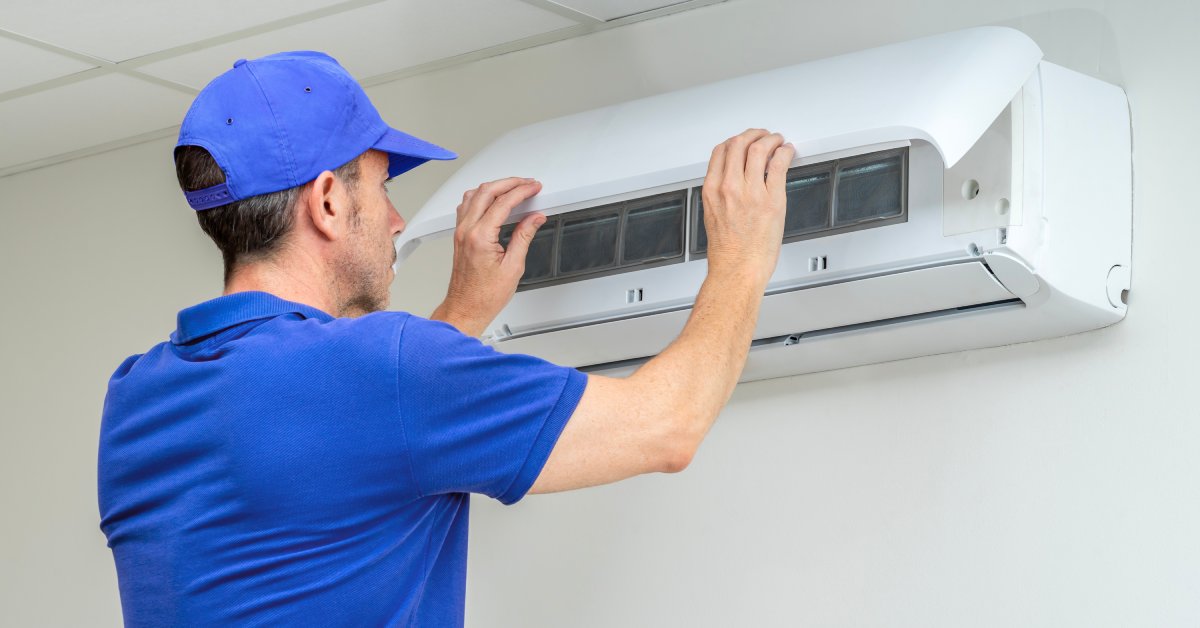
Installation and Maintenance Considerations
Evaporative cooler installation is relatively straightforward, often involving setting up the unit near a window or vent with access to a water source. These systems generally require less technical expertise, making installation a feasible option for many homeowners. Maintenance for evaporative coolers primarily revolves around keeping the pads in good condition and changing them periodically, as well as checking for mineral buildup due to the evaporation process.
Conversely, ductless cooling systems require professional installation due to their complexity. The setup involves placing an outdoor compressor and strategically positioning indoor units for optimal ventilation and coverage. This process demands careful planning and expertise for efficient operation. Ductless systems maintenance includes regularly cleaning filters and occasionally checking the connections between the indoor units and the compressor.
Environmental Impact
Evaporative cooling is often lauded for its minimal environmental footprint compared to traditional cooling methods. This cooling system operates without chemical refrigerants, which are known to contribute to ozone layer depletion and global warming. By utilizing water and the natural process of evaporation, evaporative coolers reduce electricity reliance, leading to decreased carbon emissions. However, this system’s dependence on a continuous water supply poses challenges in regions with water scarcity.
Ductless cooling systems, while requiring more electricity than evaporative coolers, still present an environmentally friendly option due to their energy efficiency and zonal control capabilities. Unlike central air systems, ductless models focus on cooling specific areas, reducing energy waste and contributing to lower carbon footprints in the long haul. Unfortunately, these systems often utilize refrigerants, making them a less eco-friendly option in some cases.
Cost Considerations
Cost is always a critical factor when choosing a cooling system, so let’s compare prices between evaporative coolers and ductless systems.
- Evaporative coolers are often cheaper to purchase and install, making them appealing to budget-conscious buyers. Their lower energy consumption contributes to reduced operating costs over time.
- Ductless systems, while more expensive initially, offer potential savings through increased efficiency and zonal cooling capabilities. These long-term savings can offset the higher upfront investment.
Assessing your budget and weighing short- and long-term costs will help you make an informed decision. Consider your financial priorities and the expected return on investment for each system.
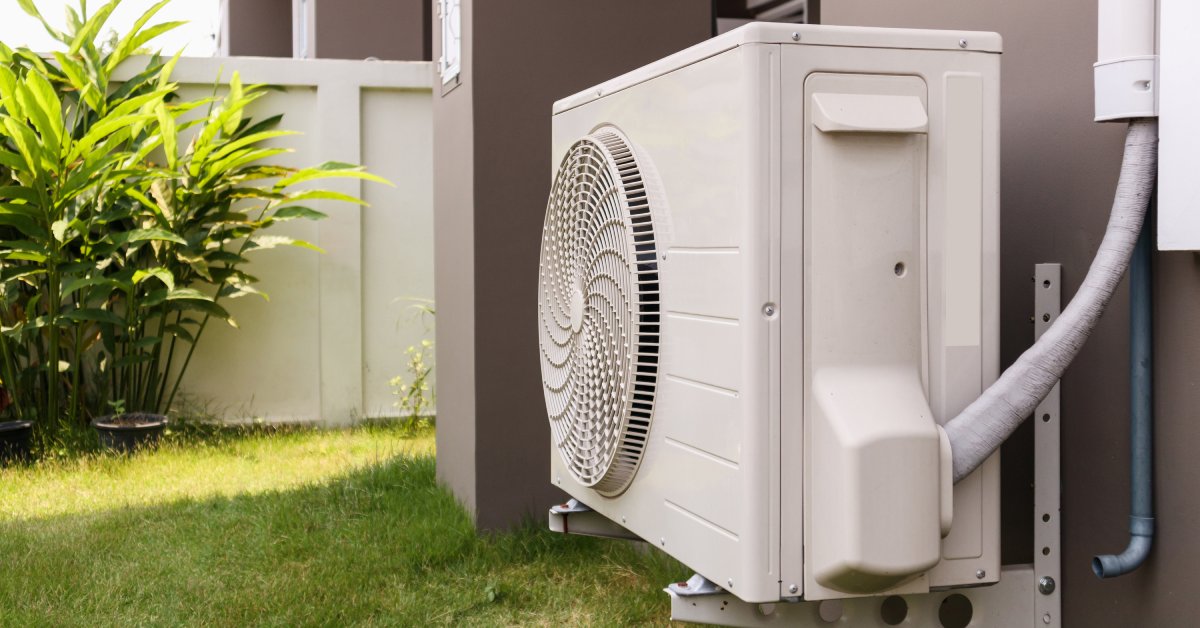
Suitable Climates for Each Cooling System
Climate plays a pivotal role in deciding between evaporative and ductless cooling systems. Evaporative coolers work best in arid and semi-arid regions with low humidity levels. The air can absorb more moisture, enhancing the cooling effect. These coolers are also optimal in hot environments, where traditional air conditioning may be less efficient and more costly.
Oppositely, ductless cooling systems excel in areas with varying humidity levels, as these systems do not add moisture to the air. This cooling solution is also ideal for mixed climate zones, providing flexibility with zonal control and energy efficiency.
Making the Final Decision
Choosing between evaporative and ductless cooling systems involves considering multiple factors:
- Assess your needs: Determine the specific requirements of your space, such as size, climate, and usage patterns, to narrow down the most suitable type of cooling unit.
- Research brands and models: Look for reputable manufacturers and read reviews on various models to evaluate their performance and reliability.
- Budget considerations: Balance your budget with desired features, but remember that a higher initial investment in quality equipment can result in savings over time.
- Professional guidance: Consult with HVAC professionals to get recommendations tailored to your needs and to ensure correct installation.
- Warranty and support: Choose units backed by solid warranties and responsive customer support to safeguard your investment against potential issues.
Evaluating the pros and cons of each system will help you make an informed decision tailored to your unique needs and circumstances.
Matching Your Cooling Solution With Your Needs
When looking at the differences between evaporative versus ductless cooling systems, it’s clear that each has its strengths and weaknesses. The right system for you hinges on your specific circumstances and priorities. Understanding the nuances of each option will help you select a cooling solution that enhances your comfort and aligns with your values.
Are you looking for an evaporative cooler supplier that can help with your purchase? At Cajun Kooling, we understand home comfort inside and out. By partnering with us, you’ll have an efficient, sustainable environment year-round.


